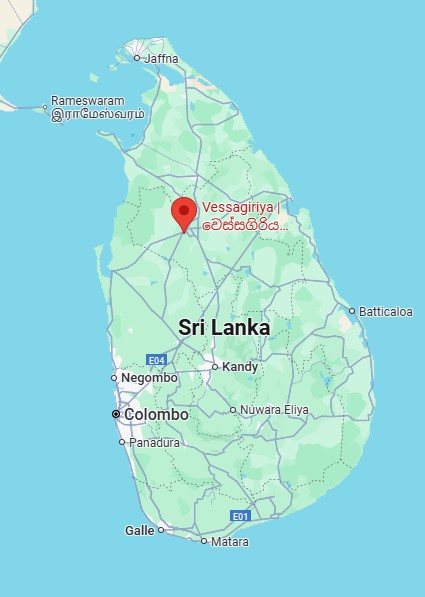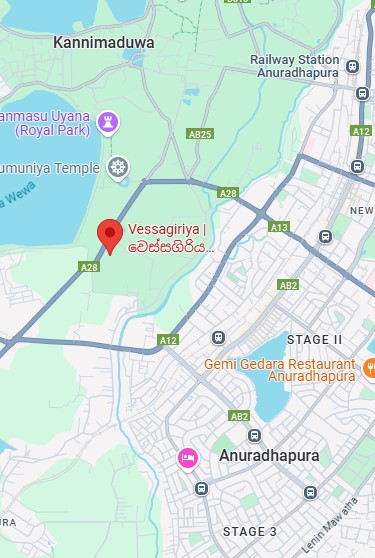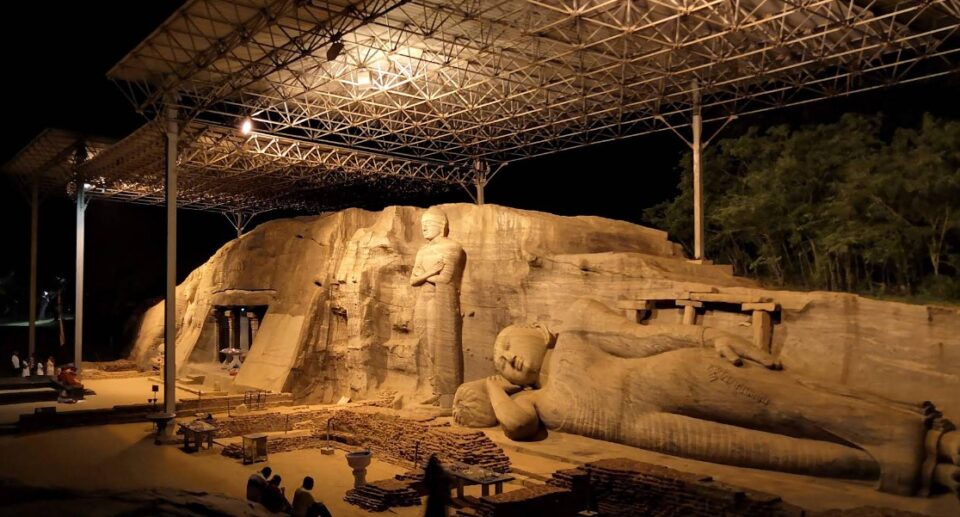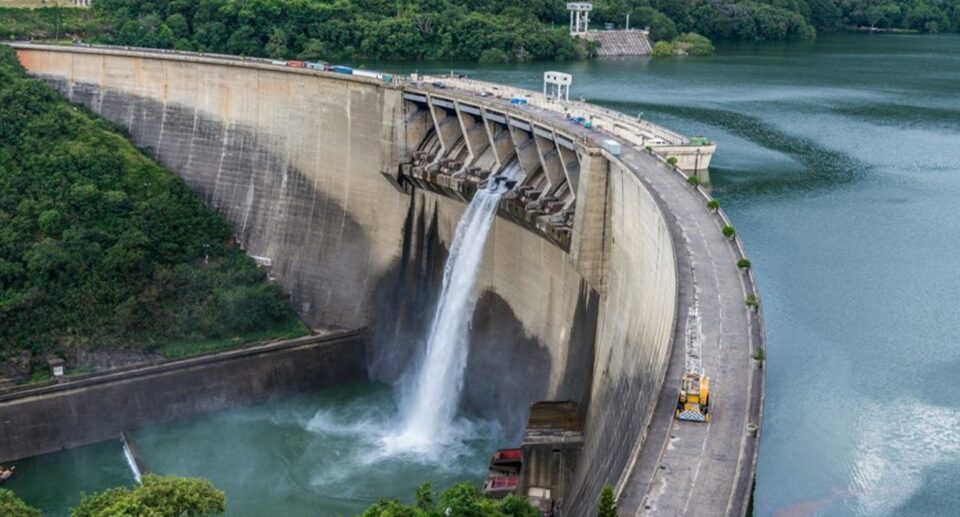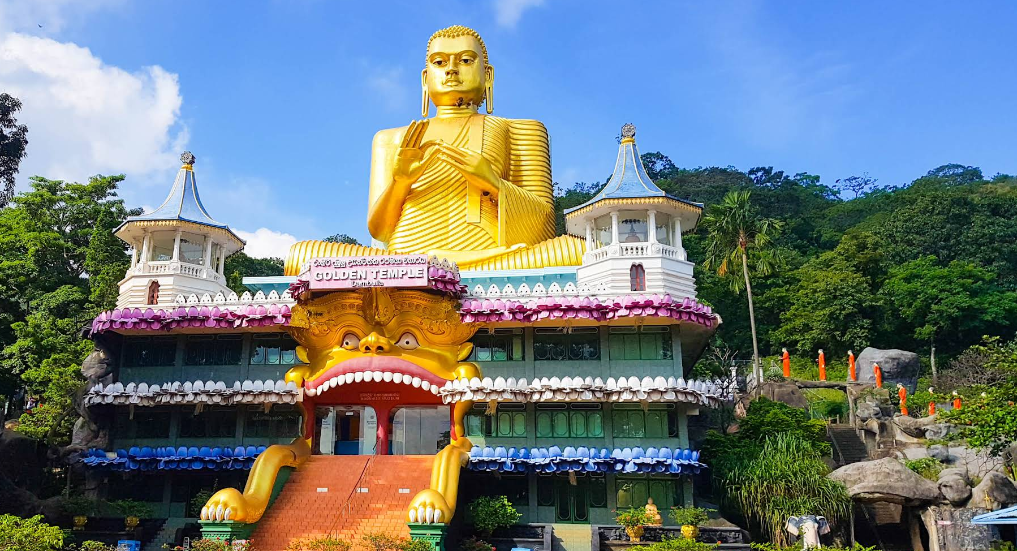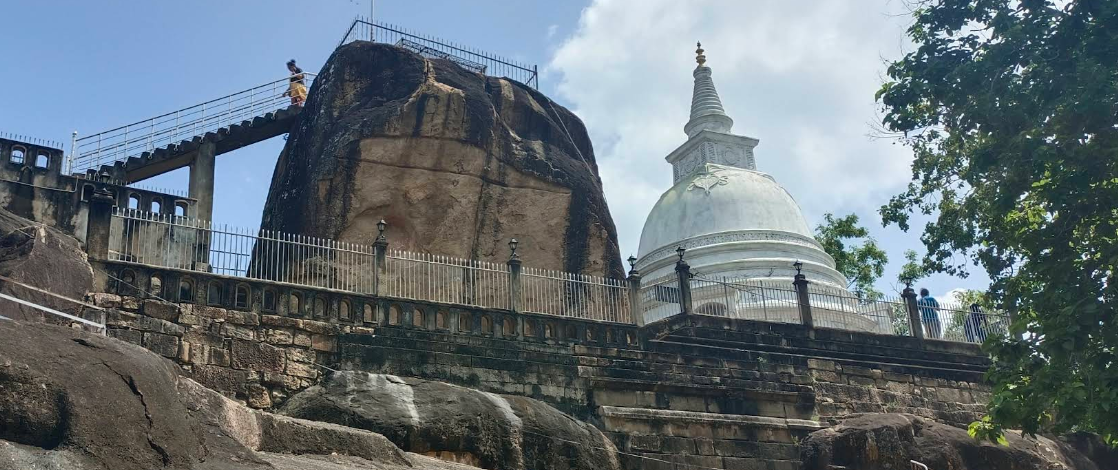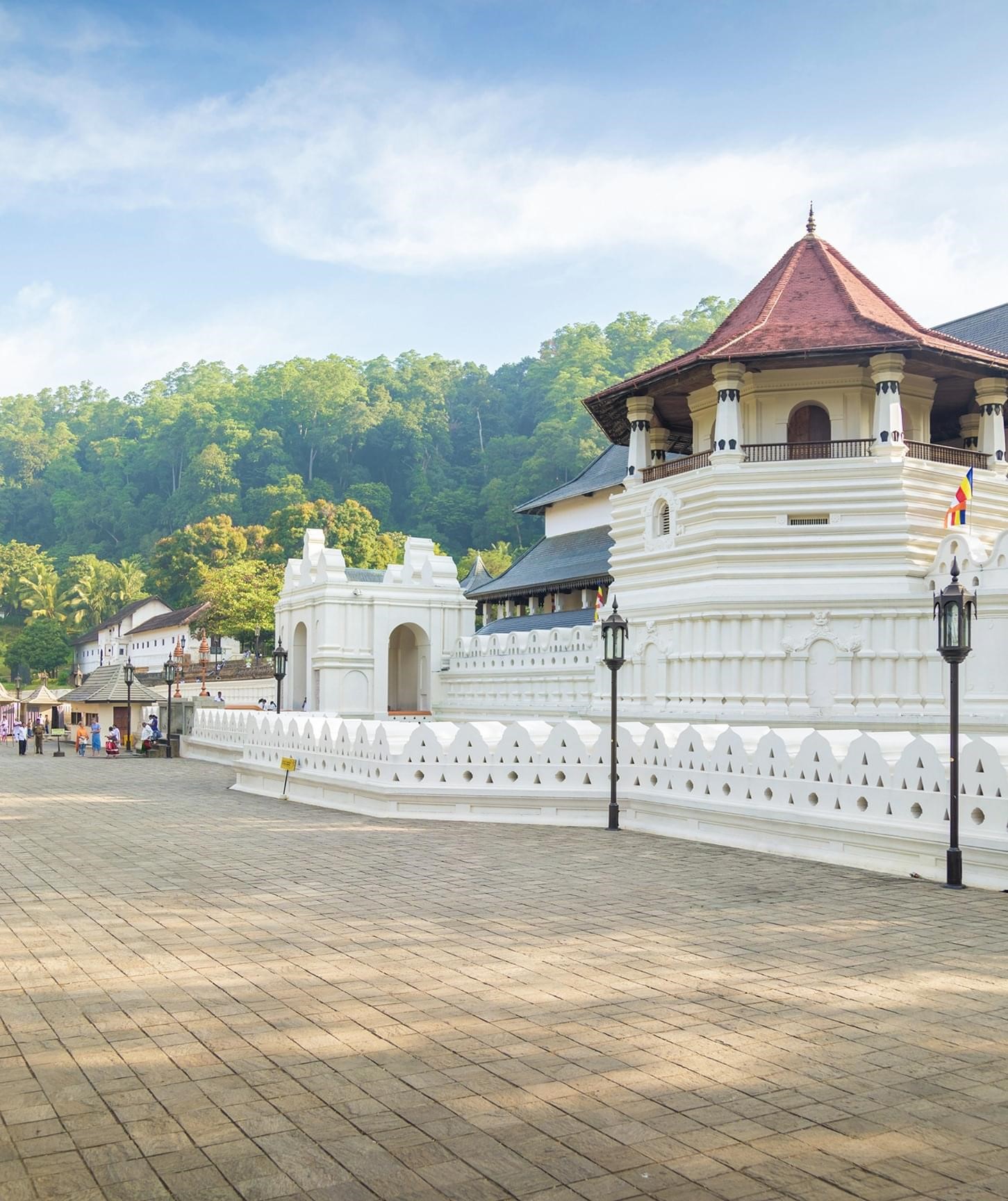Vessagiriya: The Forgotten Forest Monastery of Anuradhapura

Concealed from the general tourist trail in Anuradhapura, ancient capital of Sri Lanka, is Vessagiriya — a large monastic complex dug out of a rocky forest slope. Dwarfed by more famous sites like the Sri Maha Bodhi or Ruwanwelisaya, yet Vessagiriya offers a unique view into early architecture, religion, and monastic life in ancient Sri Lanka. With its scattered caves, inscriptions, and natural calmness, Vessagiriya remains one of the most atmospheric and historically charged sites in the island’s heritage.
Historical Background
Vessagiriya or Issarasamanarama was originally built in the 3rd century BCE in the time of King Devanampiyatissa soon after Buddhism was introduced into Sri Lanka. Subsequently developed, the site was particularly famous under the reign of King Kasyapa I (473–495 CE), who is also credited with building the Sigiriya rock fortress.
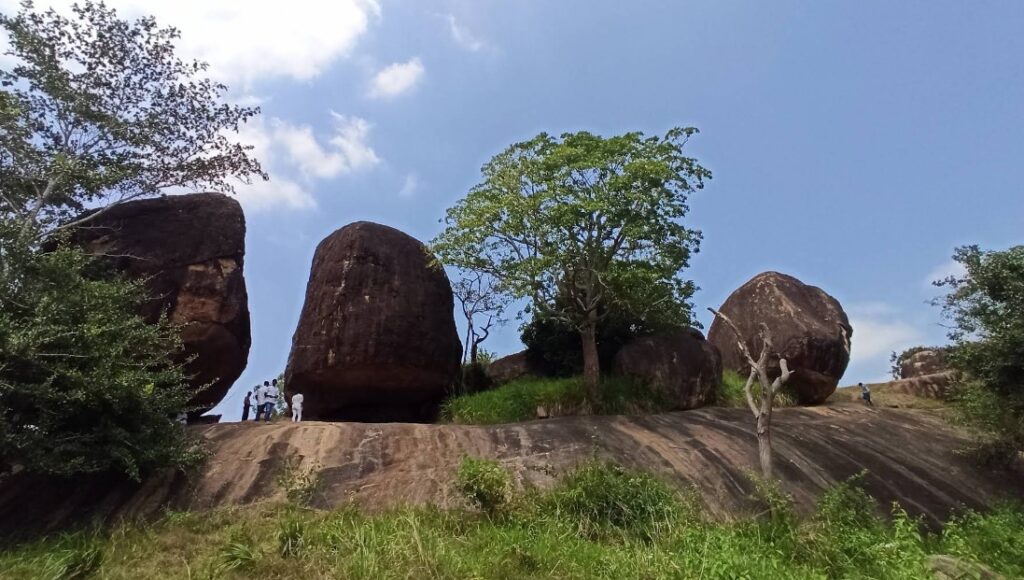
The name “Vessagiriya” is thought to have been derived from the Vessagiri monks, a group of Buddhist forest-monks (aranyavasins), who lived simple lives in natural caves and outcrops of rock. The site was among the earliest Buddhist monasteries in Sri Lanka and housed several hundred bhikkhus (monks) who had simple lives in meditation, away from royal-funded luxury of temples.
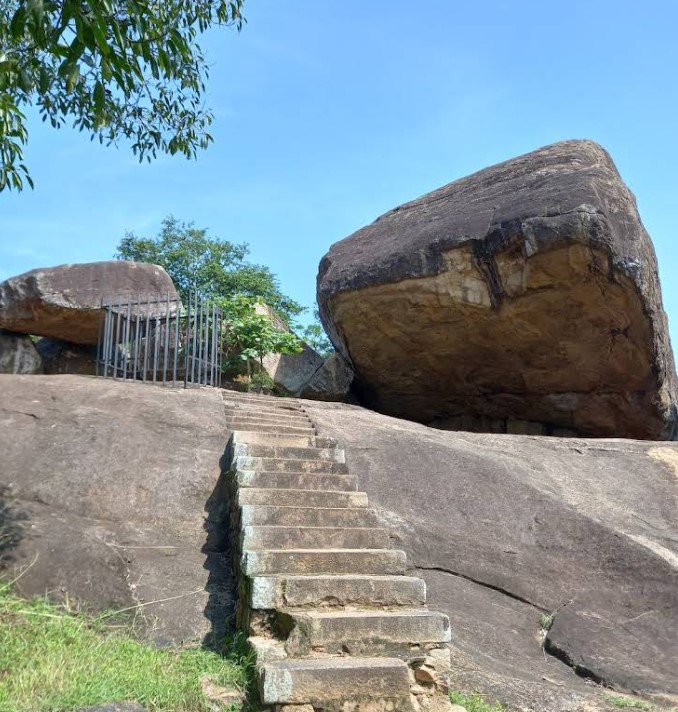
Location and Layout
Vessagiriya is situated south of the Royal Gardens of the ancient city of Anuradhapura, in the UNESCO World Heritage site. Spread out along a sequence of rocky hills, the complex measures several acres and is marked by enormous boulders, forest trails, and artificial cave dwellings.
The site includes: More than 25 rock shelters excavated into natural boulders Rock staircases and platforms Brahmi script inscriptions Remnants of meditation chambers, cisterns, and base of small stupas
The complex layout depicts a hermitage life style, with each monk owning an individual cave cell. The caves were often inscribed and donated by lay supporters.
Architecture and Monastic Features
Unlike the elaborate stone stupas or finely sculpted moonstones elsewhere in Anuradhapura, Vessagiriya architecture is simple, raw, and natural, appropriate for the ideals of forest-recluse monks. Most caves were cut into existing granite rocks, and smooth stone slabs served as beds or meditation platforms.
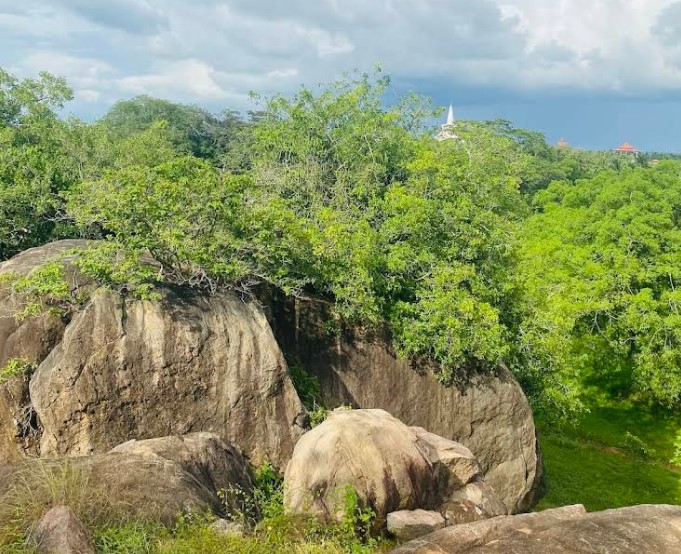
All caves typically have: A drip ledge cut above the entrance to exclude rainwater A Brahmi inscription giving the name of the donor (commoner or noble), Sometimes a stone bed or sculpted recess for sitting or sleeping
No elaborate carving and mural painting is done here, as asceticism and renunciation of the world’s luxuries were the focal points. The monks who occupied Vessagiriya followed austere spiritual disciplines in line with early Theravāda Buddhist doctrine.
Inscriptions and Historical Records
Vessagiriya includes some of Sri Lanka’s earliest rock inscriptions. Most are written in early Brahmi script, dating to the 2nd and 3rd centuries BCE. They typically record offerings by laymen — occasionally kings or nobles, but also often merchants, farmers, and villagers.
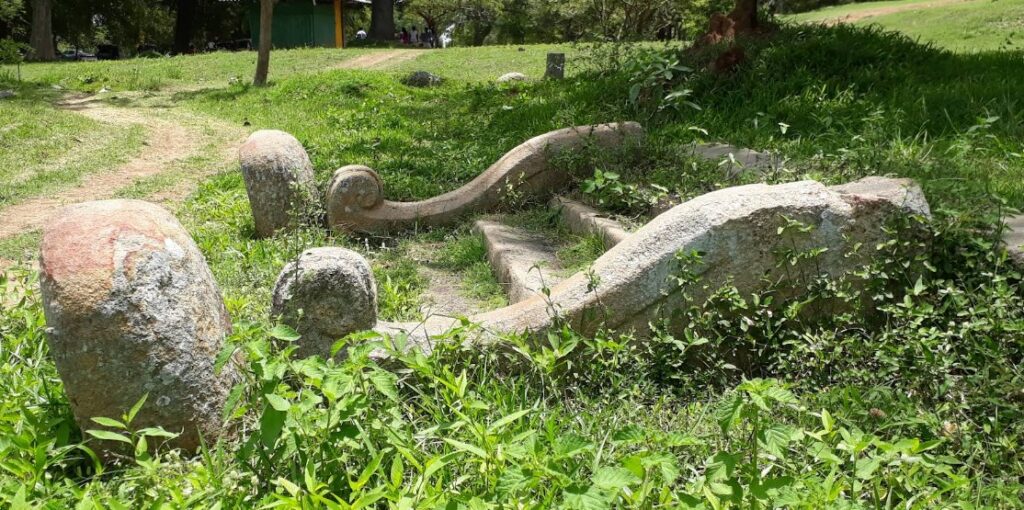
A common one would be: “The cave of lay devotee Suma, son of Anula, is given to the four-quarters Sangha, past and future.”
These inscriptions give good hints to modern historians about: The diffusion of Buddhism across classes The early support for monasteriesThe development of ancient Sinhala language.
They also present excellent archaeological evidence of the site’s age and religious importance.
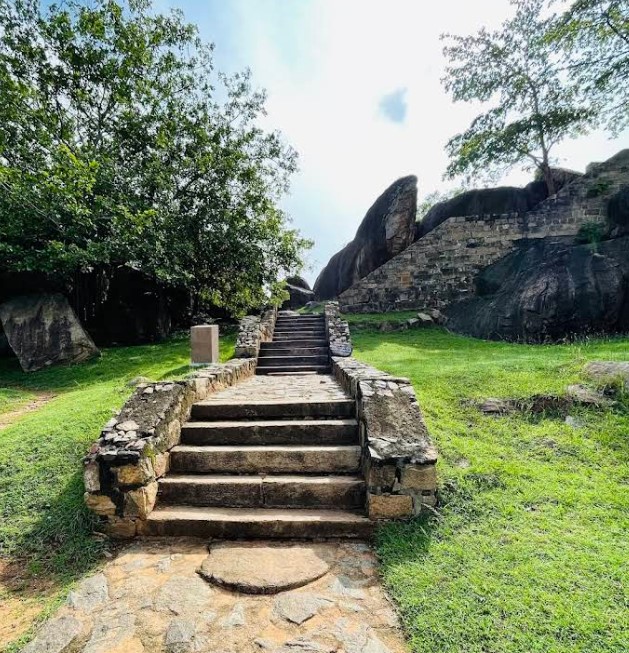
Religious and Spiritual Importance
Vessagiriya was an retreat for meditation, independent of the ritual and ceremonial Buddhism found in big temples. It was one of the aranyaka (forest-dwelling) monastic traditions that emphasized:
Isolation from society Simpllicity and non-attachment Concentration on Vipassana (insight meditation)
These monks played a crucial role in keeping the Dhamma (Buddha’s teachings) pure. They did not utter a word, consumed little food, and lived off alms. Vessagiriya is therefore a spiritual antithesis to monastery opulence in city monasteries.
Today, the peaceful atmosphere and calm forest surroundings of Vessagiriya make it an ideal place for contemplation and meditation.
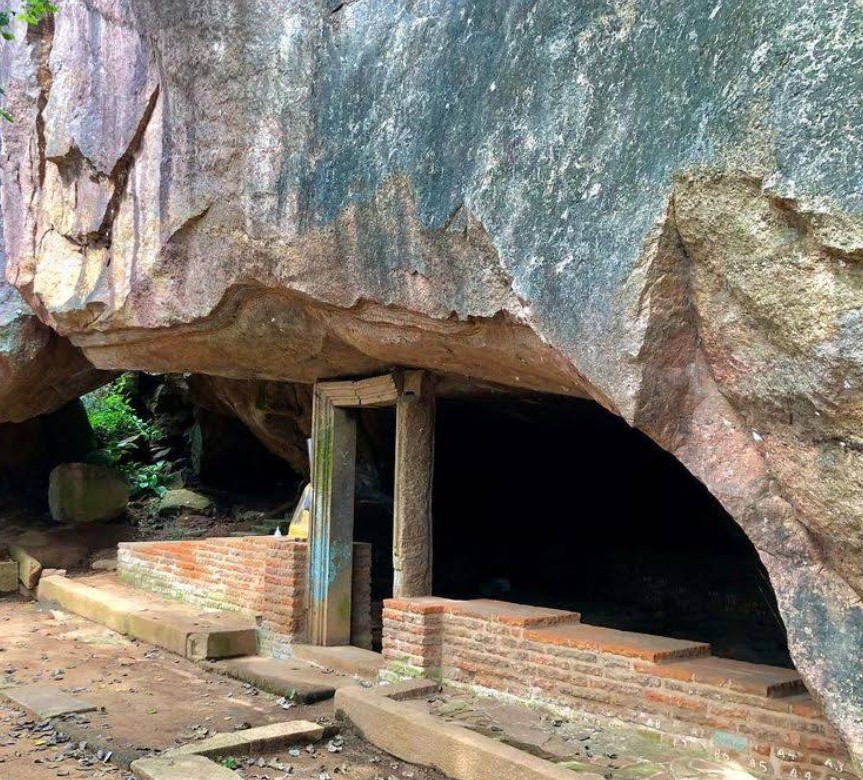
Relation to Other Sites
Vessagiriya is closely linked with other monastic sites in Anuradhapura, such as:Isurumuniya (another rock temple nearby)Abhayagiri MonasteryMahavihara Monastery
Whereas Mahavihara served as the center of orthodox Theravāda Buddhism, Vessagiriya was closely associated with ascetic and forest traditions. These various monastic traditions existed side by side, sometimes in harmony and sometimes strained, and together contributed to the dynamic religious landscape of ancient Sri Lanka.
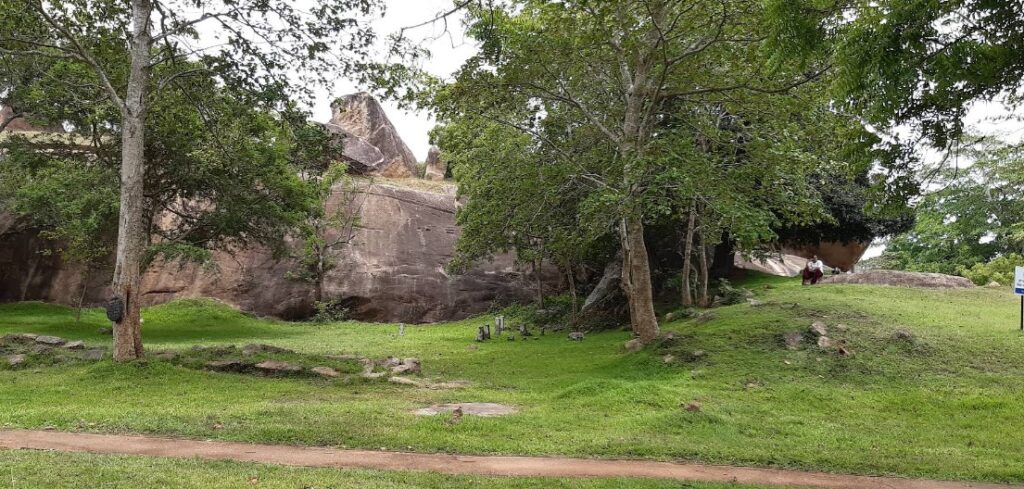
Rediscovery and Preservation
As with most ancient towns, Vessagiriya fell into ruin after the collapse of Anuradhapura in the 10th century. The jungle enveloped the complex, and it remained for the most part unknown until rediscovery and restoration under the British colonial period in the 19th century.
It is currently managed by the Department of Archaeology of Sri Lanka and is open for visitors as part of Anuradhapura Sacred City. It is not as famous as some other well-known sites, but Vessagiriya is gaining the attention of historians, spiritual tourists, and nature-focused tourists for its landscapes and historical values.
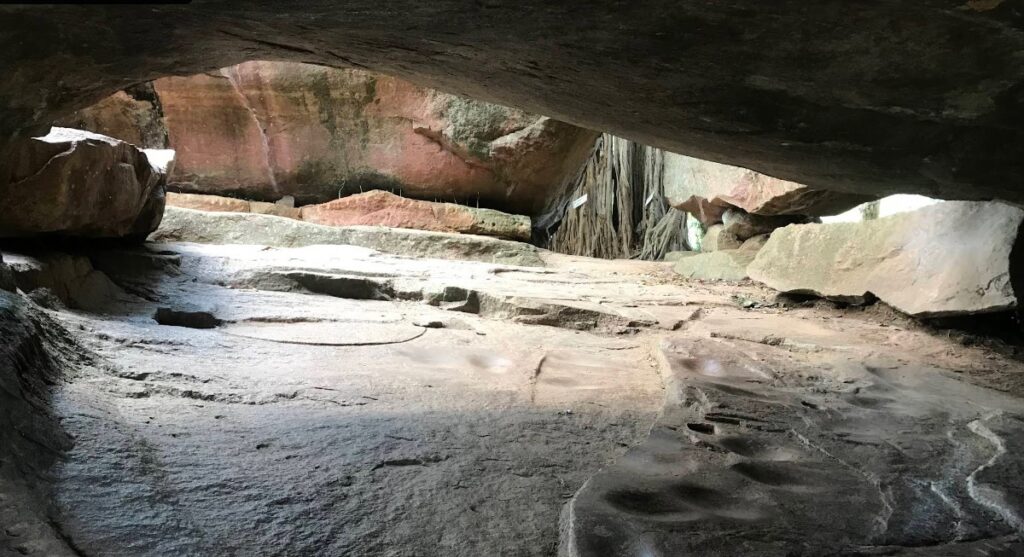
Visiting Vessagiriya Today
How to Get There: Located approximately 1 km south of the Isurumuniya Temple, Tuk-tuk, bicycle, or walking accessible within Anuradhapura city
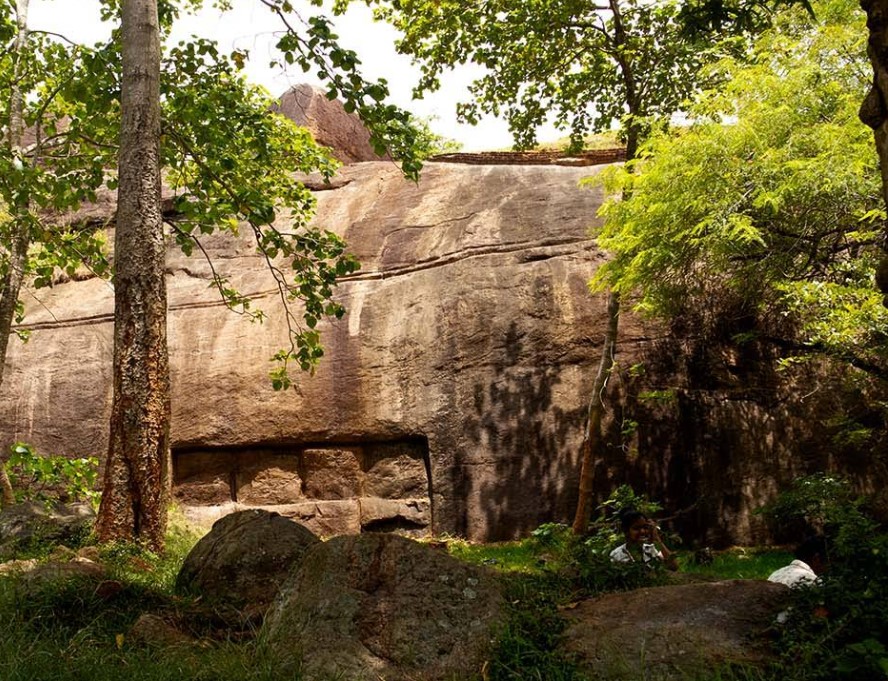
Visitor Tips:
Wear modest, respectful clothing
Visit early morning or late afternoon when the heat is less intense
Take a camera — the view is photogenic
Don’t forget to bring water, sunscreen, and insect repellent
Entrance Fee: Part of the Anuradhapura archaeological ticket (~USD 25 for foreign visitors) that includes other major sites
Though less renowned than Sri Lanka’s towering stupas or rock fortresses, Vessagiriya is singularly significant in the island’s Buddhist heritage. It testifies to the modesty, devotion, and inner fullness of early forest monks who chose ascetic caves to radiant temples. Hollowed from the living rock and surrounded by nature, Vessagiriya transports the traveler back into the stories of hermits who did not look for enlightenment in palaces, but in the silence of stone.
For the history lover, the spiritual seeker, or merely those who crave escaping to find comfort in peace, Vessagiriya offers a glimpse and satisfying view of Sri Lanka’s sacred heritage — an ancient forest monastery abandoned for centuries yet still whispering through stones.
